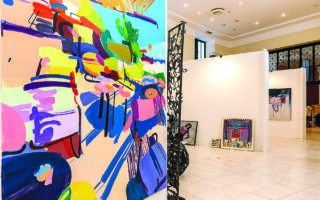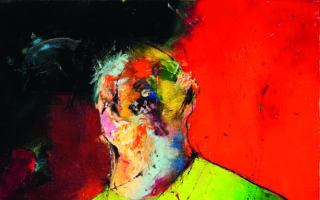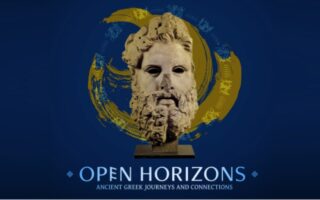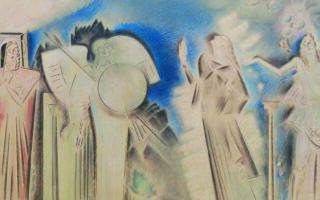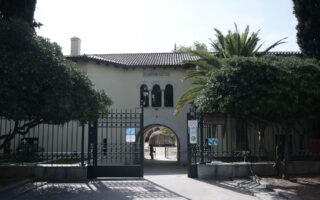Taking off from Elliniko to Washington
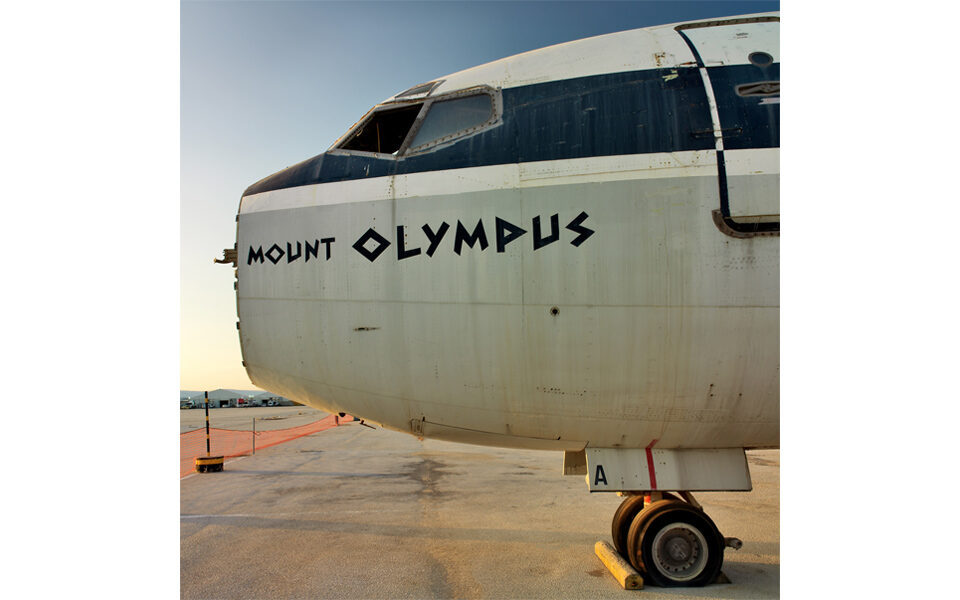
Elliniko, early September 2007. A skinny young man holding a camera wanders across the empty, yawning expanses of Greece’s former international airport on the capital’s southern coast. Looking at the abandoned airplanes lying dejected for six years since the airport closed in 2001, he feels a pang of nostalgia dating way back.
He remembers his first time on an airplane as a young boy in the 1970s and flying to his native island, Limnos, with his parents. He also casts his mind back to the countless times he waited in the big arrivals lounge, squirming with anticipation, for his dad to get back from a trip abroad. Such musings became a habit for Alexandros Lambrovassilis, who visited the old airport site for years, creating a photographic log packed with memories and smelling of the Saronic Gulf.
He met Carolyn Russo, an American colleague with a shared passion for airports, in 2011, while both were participating in the exhibition “Focus in the Depth of America” at the 14th International Photography Festival in Lishui, China. The acquaintance soon grew into a collaboration and, in 2014, Russo, as curator of the art collection of the Smithsonian’s National Air and Space Museum in Washington, DC, chose a series of Lambrovassilis’ photographs from Elliniko to become a part of the museum’s permanent collection. Now, she has also chosen six portraits by the Greek photographer for “Faces of Our Planet,” a major international exhibition.
The show seeks to “explore the human experience of living on Earth and how globalization impacts the cultural, community and individual perspectives throughout different regions of the world.” Ahead of its opening on October 14, Kathimerini reached out to the two photographers, a Greek and an American, who met in China in the context of a show and went on to write their own small, creative chapter in the epic drama of a globalized planet.
ALEXANDROS LAMBROVASSILIS
‘An intimate conversation with familiar places’
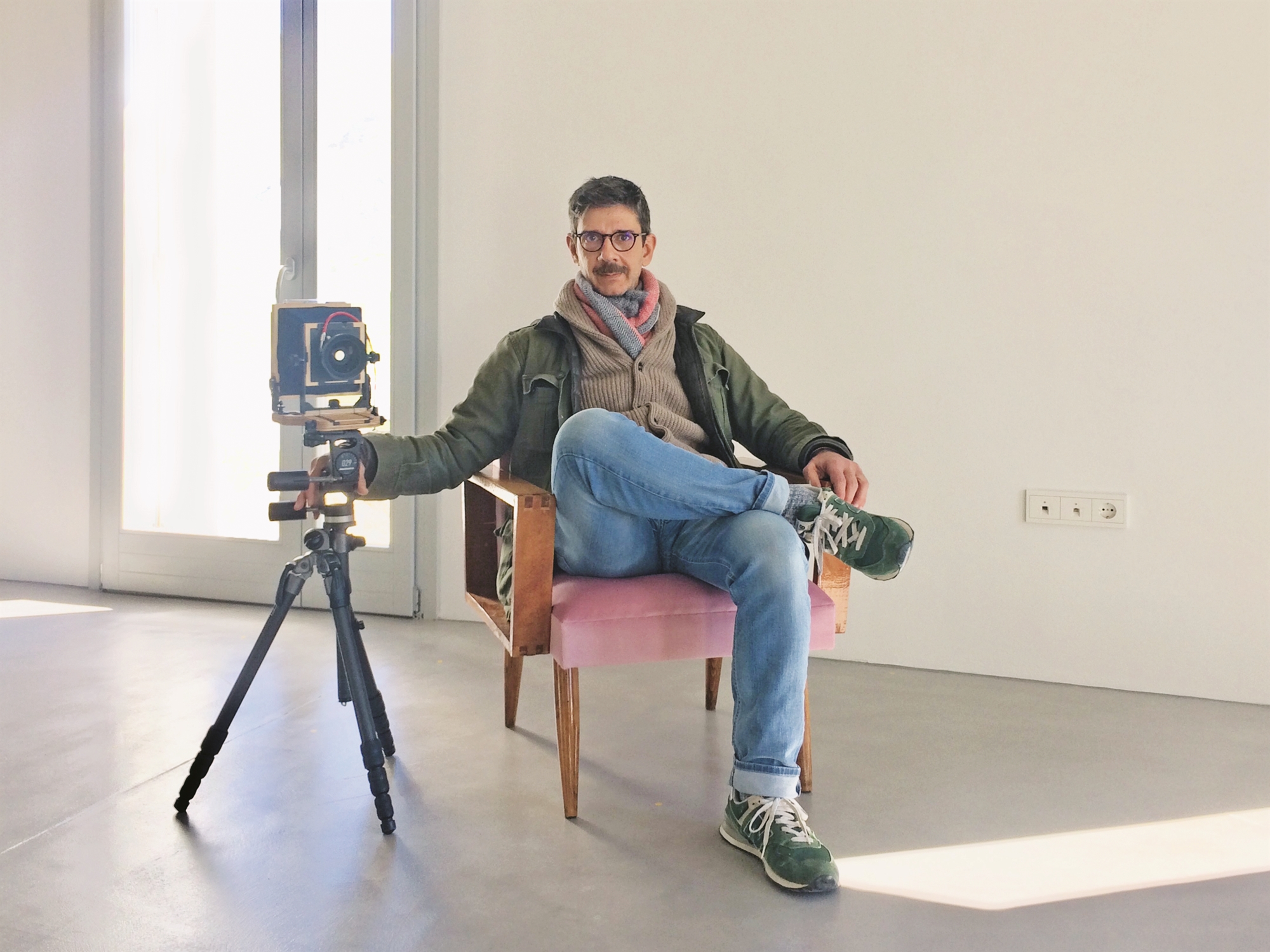 What can you tell us about the portraits you are showing in “Faces of Our Planet”?
What can you tell us about the portraits you are showing in “Faces of Our Planet”?
I began approaching the subject in April 2016 and completed the series in October 2018, splitting my time between Athens, Limnos and New York, and taking photographs of people from every part of the world. I submitted 27 portraits in total and the curator chose six, focusing on Greece. Alekos Liapis, Mirion Gjoni, Dimitra Aggelou, Ernesto Argyris, Andreas Kontellis and Konstantinos Ploumbis embody different aspects of modern-day Greece that tap, at times, into the deep past or, at others, into the “attention economy.” Their faces allow me to engage in a conversation about archetypes, about the power and will you find in the earth, in art, in science and in poetry. It is an intimate and friendly conversation with the familiar places of my childhood, Limnos and Athens.
How do these “homelands” – Limnos and Athens – appear in your work? And is the United States perhaps a new homeland, geographically and culturally at least?
That is how I feel, in fact, as if I have three “homelands.” Athens represents adolescence and inquisitiveness; Limnos is freedom, exploration, love and tranquility; and the United States is the “dream,” meaning the place where the dream believes in you. As far as Limnos is concerned, I could even say that it’s a reference point, a place where I have been photographing and observing the familiar for more than 30 years. It’s my studio, where I seek and develop experience in landscape photography and in the narrative of photography.
How would you describe your relationship with photography? How did it start? What do you find so fascinating about it, and what is your favorite way of sharing it with the audience?
I’ve always derived a lot of pleasure and calm from observing places and people. Putting yourself in the middle of the moment changes the flow of events, as time expands when you’re in it and focused on it. Photography was the natural continuation, the evolution of the game of honing my attention. What’s more, choosing what goes in the frame and how is both an exercise and an acrobatic feat of trying to communicate something that is evoked, without necessarily being something you can describe. That precisely is where I also look for a connection with the viewer, in things that are evoked without being described. The book, moreover, that familiar and manageable thing, is, in my opinion, the best method of connecting with the viewer-interlocutor. The physical connection of holding a book is important: The texture on their fingertips as they leaf through it at a pace dictated by the feeling and information each image evokes is what completes the conversation with the viewer. This is something that doesn’t happen with images on a wall; viewing is, customarily, from a distance. Ideally, therefore, if you really want to hear what a photograph has to say, beyond what is visible, you need to see it in a book.
lambrovassilis.com, airandspace.si.edu
CAROLYN RUSSO
‘We are fortunate to have Greece represented’
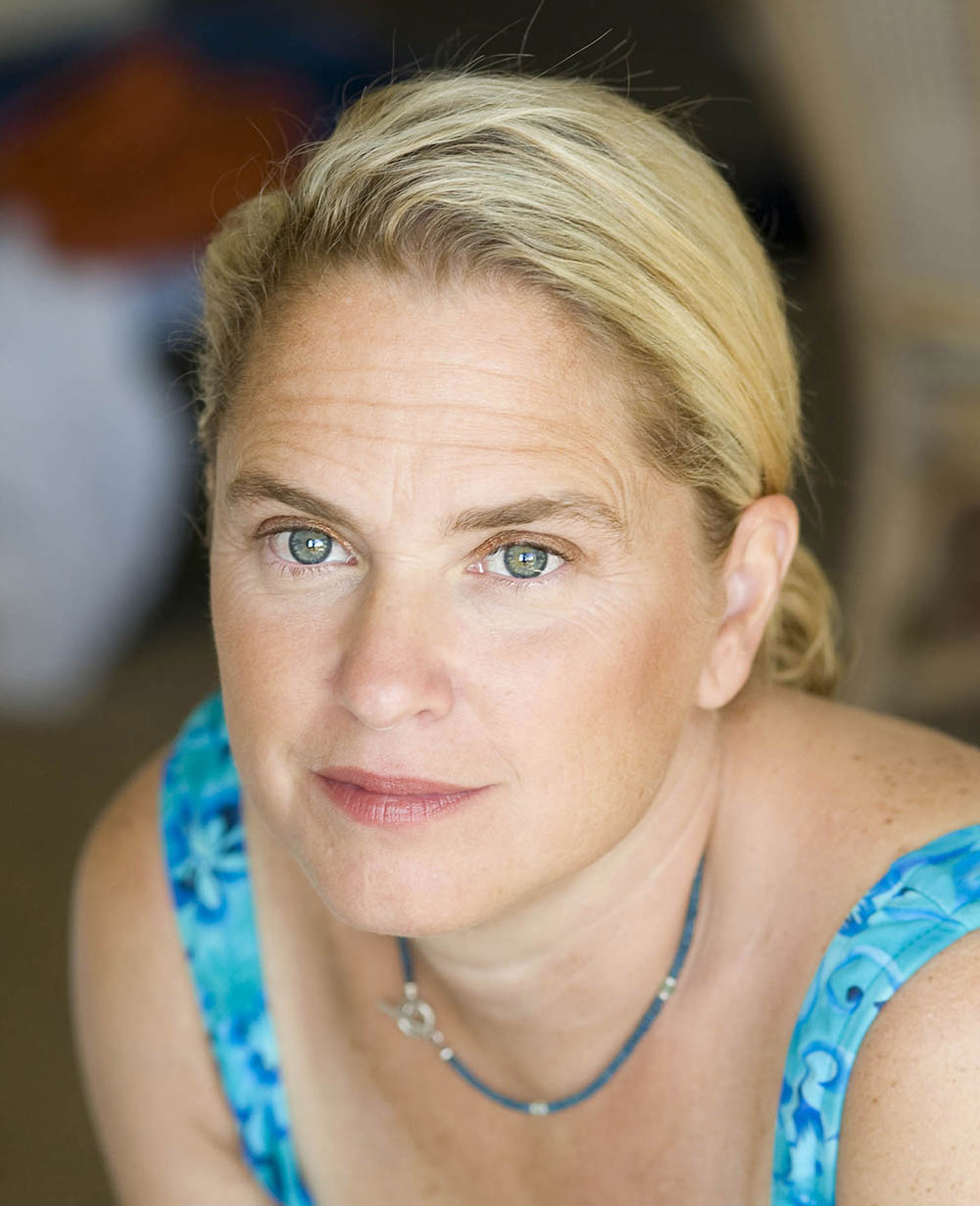 All that years-long research on flight, its paraphernalia, its people, its symbols and archetypes… Where did your interest and passion for that subject stem from?
All that years-long research on flight, its paraphernalia, its people, its symbols and archetypes… Where did your interest and passion for that subject stem from?
My first love was photography, and I came to the National Air and Space Museum for a photography career. I learned all things aviation and aerospace on the job, as they say. But oddly, before coming to the museum, I had an experience that foretold my future. For my first studio photography assignment as an art student, I selected a model airplane, a world map and a strand of pearls for a still life – objects that would later represent a significant part of my life.
What common ground do you and Alexandros share? What we do know is that you share a passion about the symbols of flight.
Alexandros and I share a mutual interest in depicting airplanes and airports, landscape and portrait photography, and the experience of exhibiting photographs together at a photo festival in China. But mostly, Alexandros’ great sense of humor and passionate human nature resonates with me and all who know him.
You visited Greece in 2014 to photograph the Limnos and Elliniko airports for a big project, “Art of the Airport Tower” (Smithsonian Books, 2015). What have you held onto from that experience?
One of my favorite photographs is the dilapidated Limnos airport, which was in a stage of purgatory when I visited in 2014. Was it going to wither away or be saved and restored like some of the luckier historic airport towers? These older towers have a hauntingly beautiful quality in their ruins. But what made this photograph even more special was that I captured Alexandros in the image with his camera, the photographer known for photographing the ruins of Elliniko.
Where did the idea for “Faces of Our Planet” come from and what do you hope to show the audience with it?
The idea was conceived by the originating curator of the One World Connected Gallery and myself. We planned a museum gallery with aviation and space artifacts with messaging about connecting humans – and recognized the need to convey personal experiences. With my art background, a portraiture exhibit by leading photographers worldwide was the natural solution to fill this gap and bring the gallery to life.
Can you tell us a bit about the choice of photographers? What is Alexandros’ special role in this group exhibition and what does his work represent?
I put together a list of photographers based on various styles, locations and personalities I thought could convey the assignment through images and words. Alexandros was chosen for his experience in portraiture, professionalism, and how he connects with people, especially in his home country of Greece. We are fortunate to have Greece represented with the city of Athens and the countryside of Limnos. Alexandros sees the world through a camera with an open mind and heart. His unbounded curiosity and natural understanding about people come through in his images and bring exceptional quality to the “Faces of Our Planet” exhibit.
